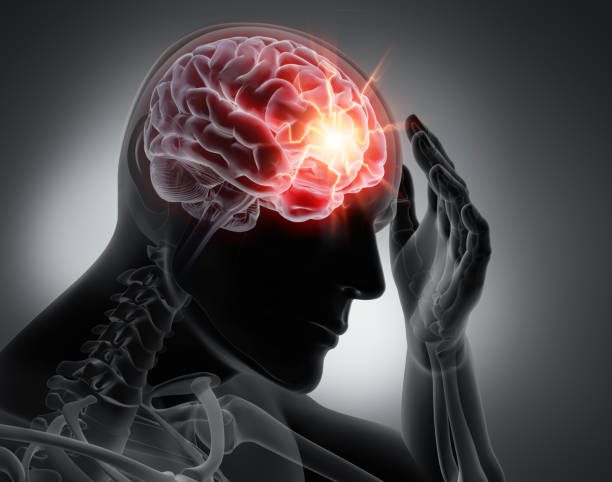What do you use it for?
Your Physio may use dry needling, as just one technique that’s part of a larger treatment plan.
They can use dry needling to
- release or inactivate trigger points – releasing muscle spasm
- relieve pain or improve range of motion.
Research (5) supports that dry needling improves pain control, reduces muscle tension, and normalizes dysfunctions of the motor end plates, the sites at which nerve impulses are transmitted to muscles. This can help speed up the patient’s return to active rehabilitation.
supplement that knowledge by obtaining specific postgraduate education and training. When contacting a physical therapist for dry needling treatment, be sure to ask about their particular experience and education.
What is Dry Needling?
Dry Needling is the use of fine needles in the treatment of pain caused by Myofascial Trigger Points (MTPs). MTPs are hyper-irritable points in a muscle, often with a palpable nodule due to acute or chronic overload[1].
Dry needling involves inserting the fine needles into the skin and then deeper into the MTP.
How does Dry Needling work?
Dry needling is proposed to work by changing the tone within the muscle, allowing it to relax. It does this through a Local Twitch Response (LTR). Here the muscle fibres in the taut band of muscle contract involuntarily. It is believed that this also helps with pain relief through the activation of endogenous opioids (the body’s natural pain-relieving substances)[2].

How is Dry Needling Different from Acupuncture?
Acupuncture involves the use of the same needles as dry needling but uses points along meridian lines. These points come from ancient Chinese medicine and represent organs in the body.
There is a high level of correspondence between Myofascial trigger points and meridian points[3]
Will Dry Needling Hurt?
Dry needling can be painful, and the location of the injury affect the amount of pain experienced, but it usually manifests in two ways:
- As the needle is inserted through the skin into the muscle, there may be a slight contraction or twitch within the muscle, that creates pain.
- Although twitches in the muscles can elicit an initial (but brief!) painful response, twitches in the muscles are considered a good sign that the desired trigger point has been hit.
- After the treatment itself, there may be some soreness in the area for up to 48 hours afterwards, but this is not considered a cause for concern, and should be expected for most patients.
Precautions and Contraindications
During Pregnancy
- Diabetics with poor peripheral circulation/sensation
- People who have or are at risk of lymphedema
- People who have acute immunological disorders e.g. acute states of rheumatoid arthritis or systemic lupus erythema
People with haemorrhagic diseases such as Haemophilia or Von Willebrands
- People on high levels of blood thinning medications
- People with cancer
- Unstable epileptics
Please advise your physiotherapist at the time of treatment if you fall under any of these categories or have any concerns.
- [1] Travell J; Simons D; Simons L (1999). Myofascial Pain and Dysfunction: The Trigger Point Manual (2 Vol. set, 2ndEd). USA: Lippincott Williams &Williams.
- [2] Baldry, Peter Yunus, Muhammad B, Inanici, Fatma (2001): Myofascial pain and Fibromyalgia syndromes: a clinical guide to diagnosis and management. Elsevier Health Sciences36
- [3] Melzack R, Stillwell DM, Fox EJ (1977): Trigger Points and Acupuncture points for pain: Correlation and implications.Pain 3:3-23.
- February 28th, 2017|Acupuncture and Dry Needling, Sports Focus Physio Therapy Blog
- 4 Cummings MT, White AR. Needling therapies in the management of myofascial trigger point pain: a systematic review. Arch Phys Med Rehabil. 2001;82(7):986–992



